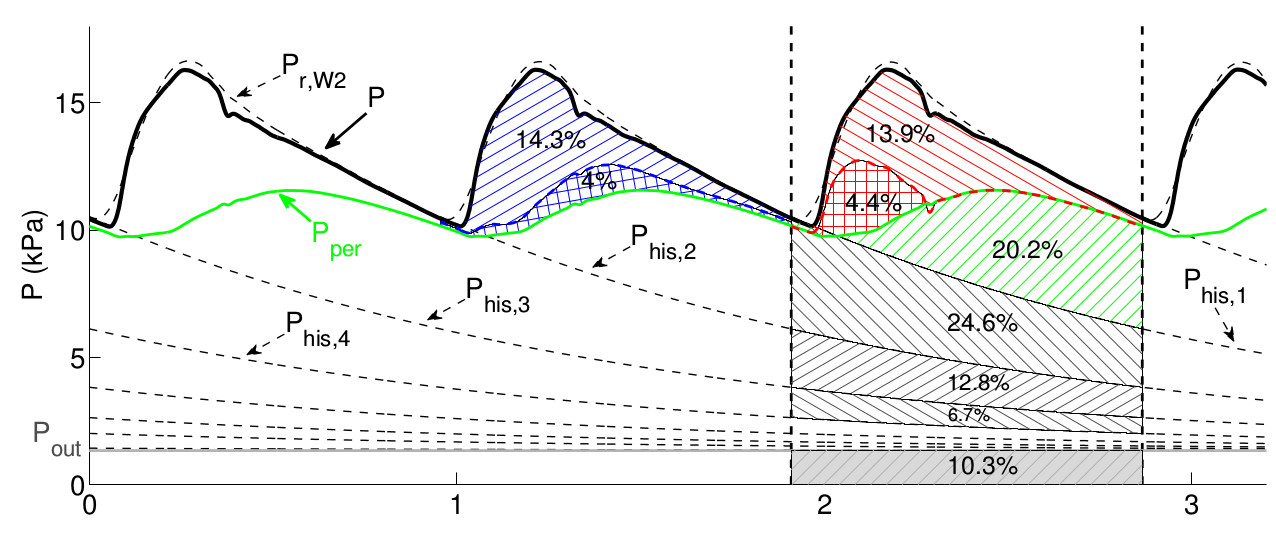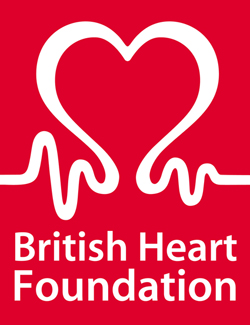Pulse Wave Mechanics
We have developed novel methods for understanding the physical mechanisms underlying pulse wave morphology, often using well-calibrated models that generate physiologically realistic pulse waves, representative of specific subjects or pathologies.
Our contributions to pulse wave mecahnisms include:
- Demonstrating that an analytical 0-D pressure wave can approximate 1-D (J Eng Math, 2012) and 3-D (Int J Numer Meth Biomed Engng, 2014) model blood pressure waveforms in the systemic arterial network. The analytical pressure is determined by time-varying aortic inflow, outflow pressure, and distributed physical properties of the vasculature (geometry and material properties for each arterial segment, as well as peripheral compliances and resistances);
- Demonstrating that distributed 1-D and 3-D model pressure and flow waveforms admit linearised analytical solutions (Ann Biomed Eng, 2016), enabling the identification of the role that the biophysical properties of the heart and vasculature play in shaping these waveforms;
- Proposing a new method to separate the pressure waveform into components with different biophysical and temporal origins, both in silico (Ann Biomed Eng, 2016) and in vivo (IEEE Trans Biomed Eng, 2022);
- Demonstrating that the early systolic components of the central blood pressure at the time of peak myocardial wall stresss (a major indicator of cardiac performance often coinciding with the first systolic shoulder, P1) can be accurately estimated from the aortic flow and pulse wave velocity (Am J Physiol, 2015);
- Demonstrating that central pulse pressure is mainly determined by total arterial compliance (inversely associated with central arterial stiffness) and ventricular dynamics: ventricular ejection (corresponding to aortic flow) and rate of ejection (Hypertension, 2017);
- Demonstrating that, along the aortic-brachial arterial path, pulse pressure amplification is mainly determined by flow wave morphology in late systole, and vessel radius and distance (Front Physiol, 2021);
- Demonstrating that cardiac contractility is a key factor in determining pulse pressure and its peripheral amplification (Front Cardiovasc Med, 2023);
- Demonstrating that peripheral systolic BP (pSBP, used to assess clinical risk associated with hypertension and guide acute clinical care) is determined mainly by the first shoulder of the central BP waveform (P1) and the rate of rise of the central waveform (dP/dt), which are different from the determinants of central systolic BP (P2). This may be a potential mechanism why BP-lowering drugs like β-blockers may have differential effects on central and peripheral BP (Am J Physiol, 2021);
- Demonstrating that the aortic root is a major reflection site in the systemic arterial network (IEEE Trans Biomed Eng, 2022);





